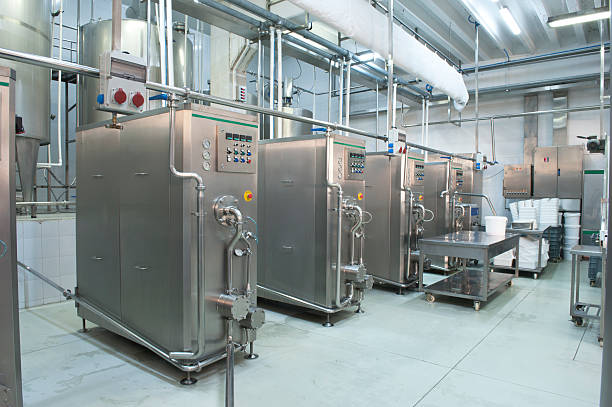
About the Commercial Refrigeration Industry
The commercial refrigeration industry plays a critical role in the global supply chain, supporting businesses in foodservice, hospitality, retail, pharmaceuticals, and more. From supermarkets and restaurants to medical laboratories and cold storage warehouses, commercial refrigeration ensures products are preserved, stored, and displayed at optimal temperatures.
🧊 Industry Overview
Commercial refrigeration encompasses equipment such as:
Walk-in coolers and freezers
Reach-in refrigerators and display cases
Refrigerated prep tables
Cold storage rooms
Refrigeration systems for transportation
This industry is driven by technological innovation, energy efficiency demands, and strict health and safety standards. Advanced refrigeration units now offer features like smart temperature monitoring, eco-friendly refrigerants, and IoT-based maintenance alerts.
Growth & Demand
The demand for fresh and frozen products, online grocery delivery, and vaccine storage solutions has significantly increased the need for commercial refrigeration. As a result, the industry is experiencing:
Steady market growth globally
Increased investments in green technologies
Shifts toward sustainable, low-emission refrigerants (e.g., CO₂, ammonia, hydrocarbons)
Sustainability Focus
Modern refrigeration solutions are focusing on reducing environmental impact through:
High-efficiency compressors
LED lighting
Low-GWP (Global Warming Potential) refrigerants
Energy-saving insulation and materials
Who Benefits?
Restaurants & Cafés: Maintain food safety and quality.
Supermarkets: Store and display perishable goods.
Hotels & Resorts: Support food and beverage operations.
Hospitals & Labs: Preserve medical samples and vaccines.
Cold Chain Logistics: Ensure safe transportation of temperature-sensitive products.
Challenges in the Industry
Regulatory changes and compliance (e.g., F-Gas regulations)
Rising energy costs
Supply chain disruptions for components
Need for skilled technicians